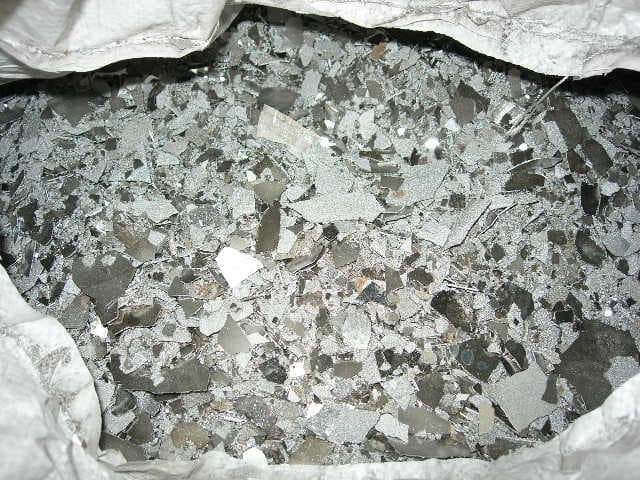
China Maintains Dominance Despite Global Efforts
Just outside Houston, a rare earth facility led by Australia’s Lynas Rare Earths sits idle. This plant, backed by over $300 million in Pentagon contracts, aims to reduce China’s dominance in rare earths. Yet China still controls about 70% of global output and over 90% of processing capacity.
Despite billions in U.S. and allied investments, China’s grip on refining and production remains firm. Market conditions, worsened by falling prices and intense Chinese competition, have cast doubt on whether a viable alternative supply chain can emerge.
Market Slump Threatens Strategic Projects
Rare earth projects are often tied to national security. However, prices have dropped significantly since 2022, weakening business incentives. MP Materials CEO James Litinsky admits China’s control remains strong despite Western efforts to compete.
Rare earth elements are essential for electronics, weapons systems, and green technologies. While not geologically rare, they are difficult to extract in a cost-effective and environmentally responsible way.
U.S. Plans Face Environmental and Economic Hurdles
The U.S. Department of Defense, through Laura Taylor-Kale, aims to establish a “mine-to-magnet” supply chain by 2027. Lynas plans to contribute 25% of global rare earth oxide production through its Texas plant.
Still, challenges persist. Chinese oversupply and a slow global economy have made it harder for producers to reach profitability. Even in Australia, setbacks are visible. Arafura Rare Earths and Iluka Resources Ltd. are both facing delays and cost overruns in their respective projects.
Long Road Ahead for Rare Earth Independence
Japan began diversifying away from Chinese rare earths more than a decade ago, only to find the transition slow and expensive. Lynas CEO Amanda Lacaze says long-term investment and regulatory patience are essential. She noted that even the Texas project is delayed due to wastewater permits.
Lacaze concluded, “If we truly want an industry, we’re playing a 30-year catch-up game.”











Leave a Reply
You must be logged in to post a comment.